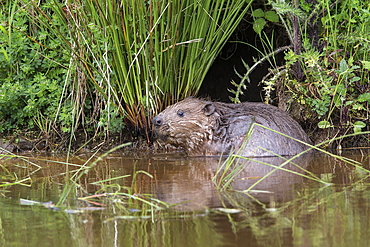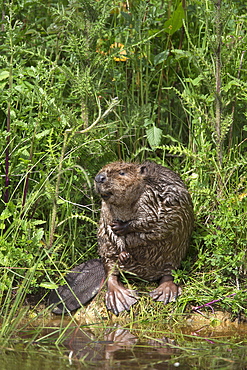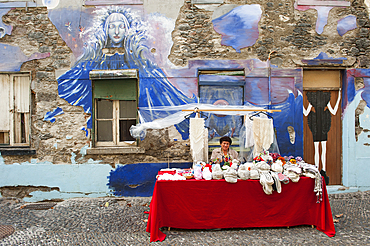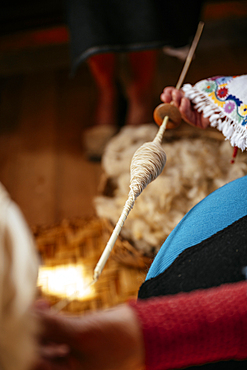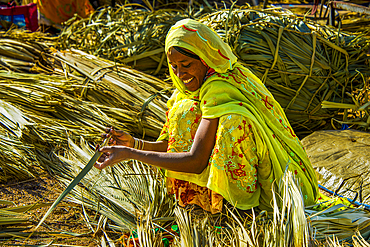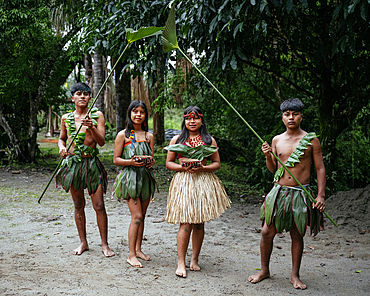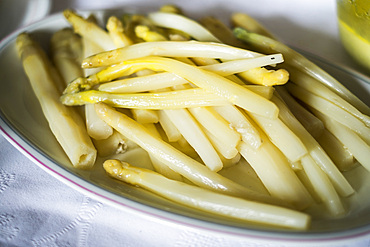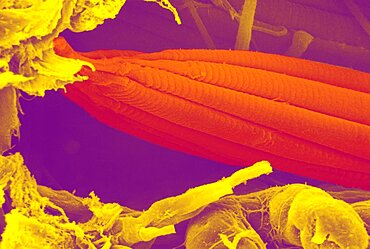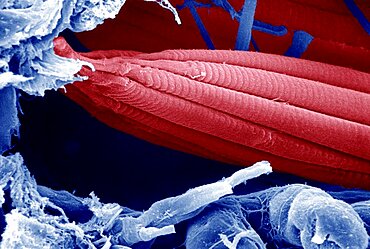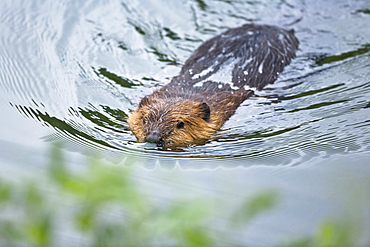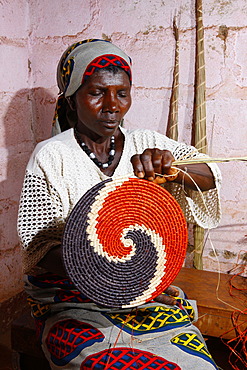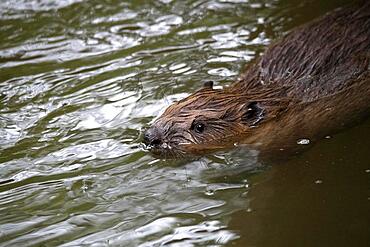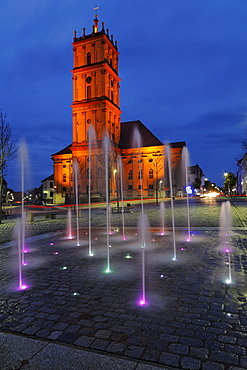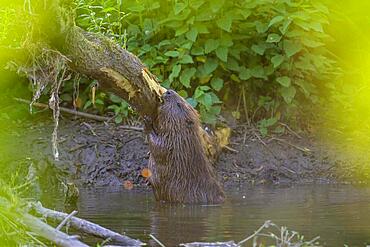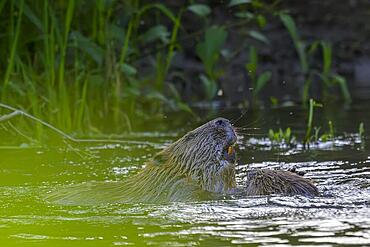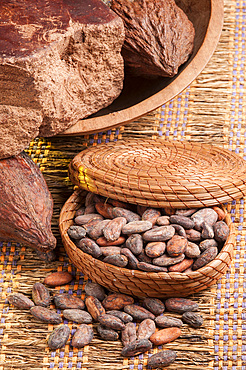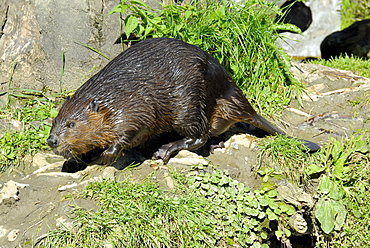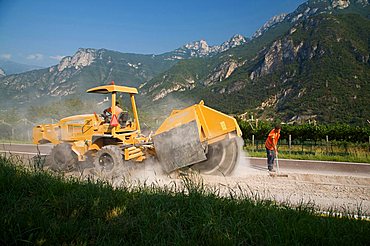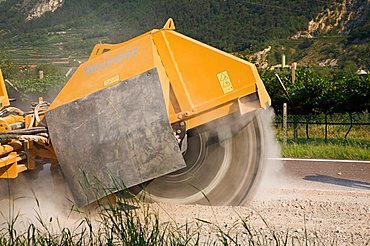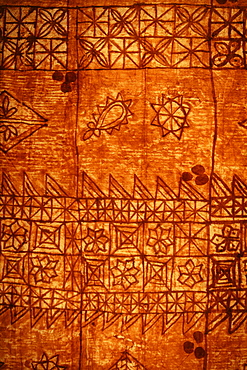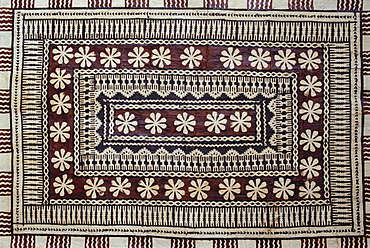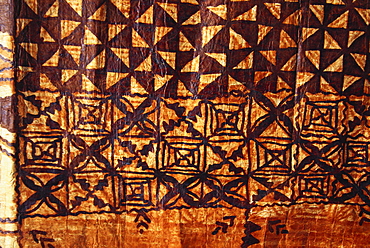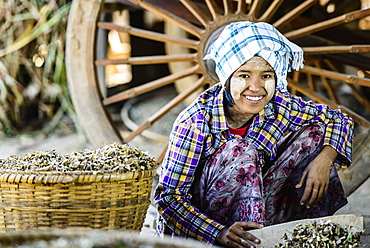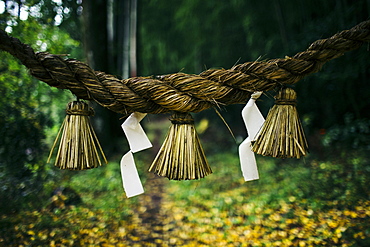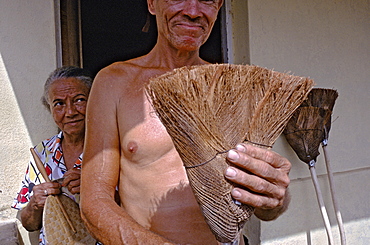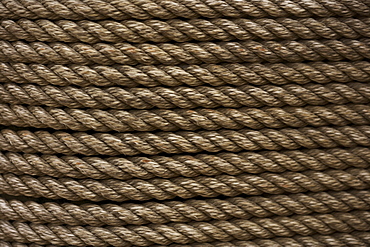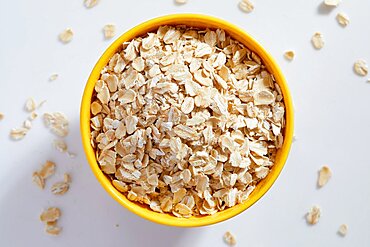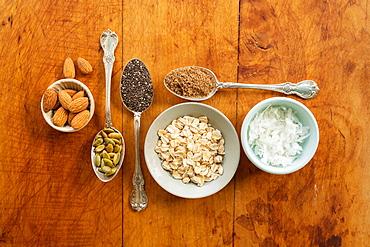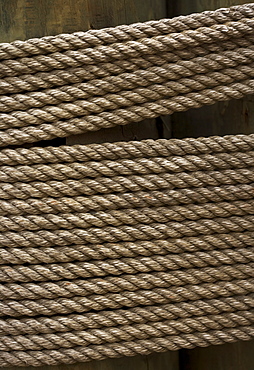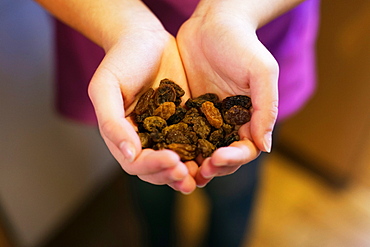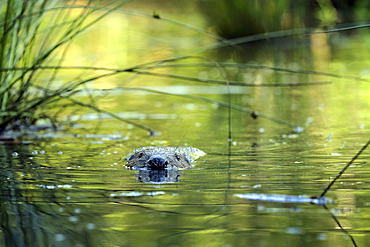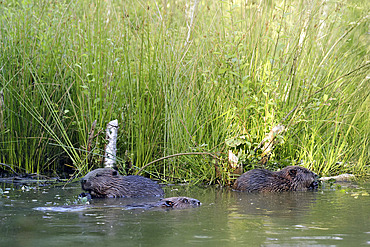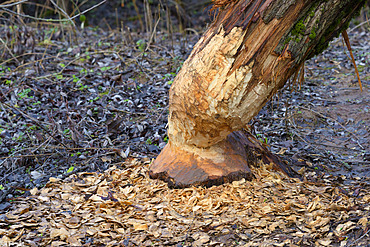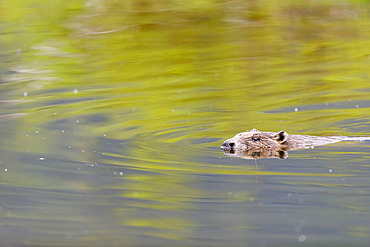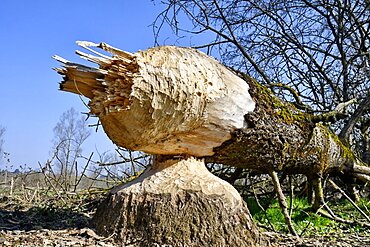Results
17 results found
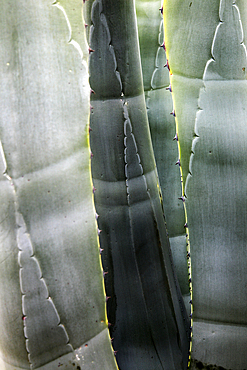
Abstract pattern of leaves of agave americana cactus plant growing in Cabo de Gata natural park, Almeria, Andalusia, Spain, Europe

Cottage Handcraft, Irish knitwear and crafts shop, Moyard, Connemara, County Galway, Connacht, Republic of Ireland
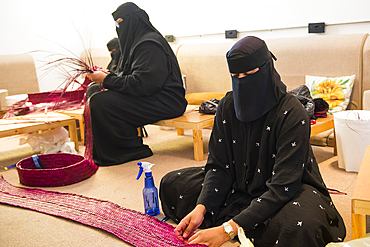
Weaving and basketry workshop, Madrasat Addeera, an artistic space where women learn crafts to be sold in AlUla, Medina Province, Saudi Arabia
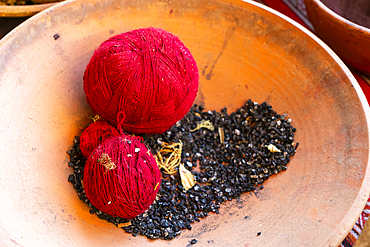
Red balls of wool and cactus insects as natural dye, Chinchero, Sacred Valley, Urubamba Province, Cusco (Cuzco) Region, Peru, South America

Woman spinning, making reel of cotton thread, village around Nong Khiaw, District of Luang Prabang, Northern Laos

Woman making weaving warp, from Akha Puli tribe living in village in the mountains surrounding Muang La, Oudomxay Province, northwestern Laos

Woman making weaving warp, from Akha Puli tribe living in village in the mountains surrounding Muang La, Oudomxay Province, northwestern Laos
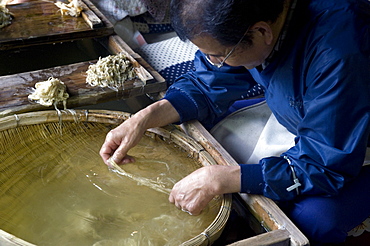
Separating mulberry fibers for making Japanese washi paper at the Echizen Washi No Sato village in Fukui, Japan, Asia
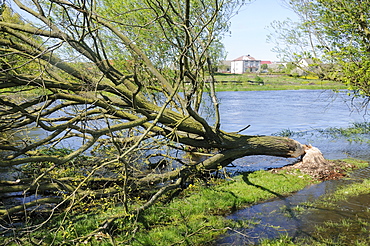
Tree felled by Eurasian beaver (Castor fiber) by Narew River close to Strekowa Gora village, Biebrza National Park, Poland, Europe

White willow (Salix alba) tree with base of trunk almost chewed through by Eurasian beaver (Castor fiber), Narew marshes, Podlaskie, Poland. MORE INFO: Beaver activity is crucial in keeping Poland's ancient marshes open and free of encroaching bushes and trees and their dams also help to maintain high water levels.
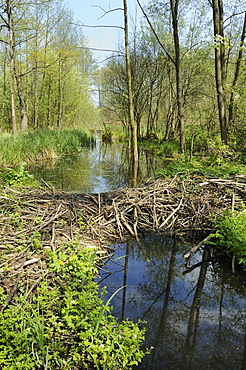
Eurasian beaver (Castor fiber) dam on drainage channel in Narew marshes, Podlaskie, Poland. MORE INFO: Beaver activity benefits much other wetland wildlife by helping to maintain high water levels in Poland's ancient marshes and swamp forests.
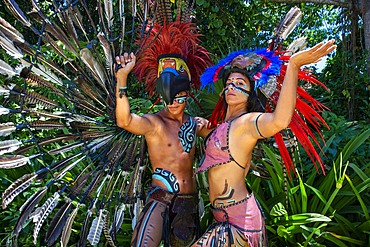
Mexican aztec dress gods at Grand Palladium White Sand Resort and Spa in Riviera Maya, Yucatan Peninsula, Quintana Roo, Caribbean Coast, Mexico.
Aztec clothing was generally loose fitting and did not completely cover the body. When the Spanish arrived in Mexico, the people were surprised to see them in their full armour, with only their faces exposed.
Aztec clothes were generally made of cotton (which was imported) or ayate fiber, made from the Maguey Cactus (also called the Century Plant or American Aloe). Women would weave the fibers into clothing, a task girls were taught as young teenagers. Because of their vast trading network, the Aztecs were able to make use of a beautiful array of dyes, creating the brilliant

Mexican aztec dress gods at Grand Palladium White Sand Resort and Spa in Riviera Maya, Yucatan Peninsula, Quintana Roo, Caribbean Coast, Mexico.
Aztec clothing was generally loose fitting and did not completely cover the body. When the Spanish arrived in Mexico, the people were surprised to see them in their full armour, with only their faces exposed.
Aztec clothes were generally made of cotton (which was imported) or ayate fiber, made from the Maguey Cactus (also called the Century Plant or American Aloe). Women would weave the fibers into clothing, a task girls were taught as young teenagers. Because of their vast trading network, the Aztecs were able to make use of a beautiful array of dyes, creating the brilliant
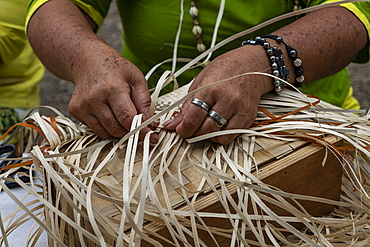
Detail of the hands of a woman weaving a bag from pandanus fiber the traditional way at a cultural festival, Papeete, Tahiti, Windward Islands, French Polynesia, South Pacific
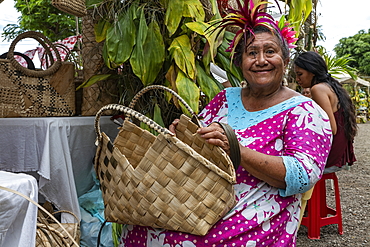
Portrait of a Tahitian woman with a bag traditionally woven from pandanus fibers at a cultural festival, Papeete, Tahiti, Windward Islands, French Polynesia, South Pacific
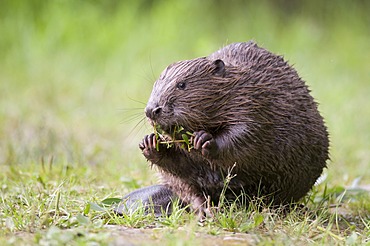
Young European beaver (Castor fiber) on solid ground feeding on a willow branch, Tirol, Austria, Europe
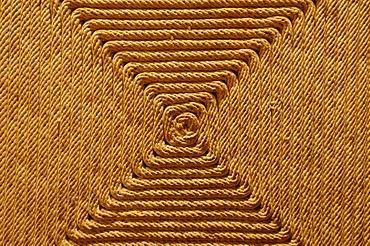
Carpet made of sisal, Museo Nacional de Antropologia, National Museum of Anthropology, Mexico City, Mexico
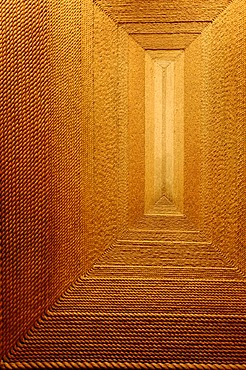
Carpet made of sisal, Museo Nacional de Antropologia, National Museum of Anthropology, Mexico City, Mexico
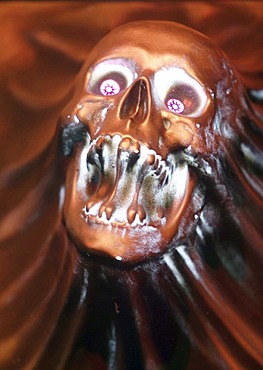
Jagsthausen, DEU, 17.11.2005: Heimo produces mobile figures for recreational parks, decoration, carnivals, amusement rides and advertisement.

Jagsthausen, DEU, 17.11.2005: Heimo produces mobile figures for recreational parks, decoration, carnivals, amusement rides and advertisement.
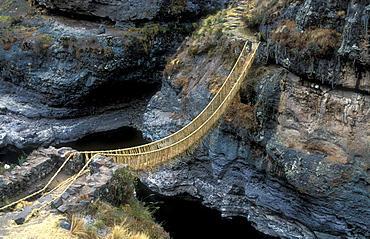
Queswachaka suspension bridge made from plant fibers, Ichu grass, over the Apurimac, Southern Peru, South America
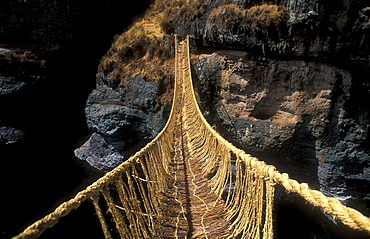
Queswachaka suspension bridge made from plant fibers, Ichu grass, over the Apurimac, Southern Peru, South America

European beaver (Castor fiber) wildlife in Donau River, Regensburg, Upper Palatinate, Bavaria, Germany, Europe
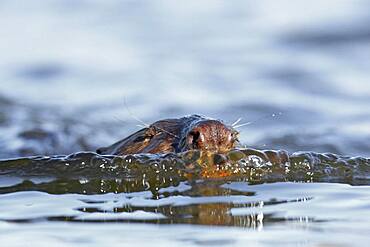
Beaver European beaver (Castor fiber), beaver swims towards the photographer after surfacing, Naturpark Flusslandschaft Peenetal, Mecklenburg-Vorpommern, Germany, Europe

Shirataki (konjak) noodle with shrimps and curry sauce and vegetables. Dietary, Gluten-free and keto diet

Shirataki (konjak) noodle with shrimps and curry sauce and vegetables. Dietary, Gluten-free and keto diet

Toast with peanut butter and banana on white ceramic plate with knife on rustic wooden background, top view flat lay

Toast with peanut butter and banana on white ceramic plate with knife on rustic wooden background, top view flat lay, space for text
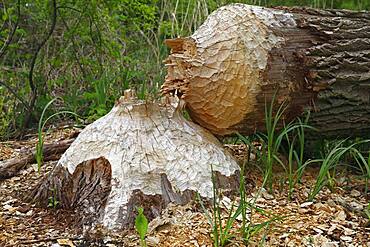
Beaver European beaver (Castor fiber), tree felled by a beaver about 80cm thick, Naturpark Flusslandschaft Peenetal, Mecklenburg-Vorpommern, Germany, Europe
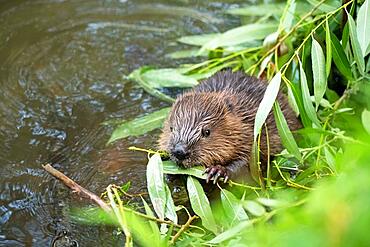
European beaver (Castor fiber), young animal sitting in the water and eating willow branches, Fulda, Hesse, Germany, Europe
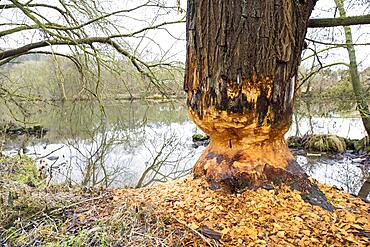
Beaver damage or gnaw marks on tree on the bank of the Fulda near Kassel, european beaver (Castor fiber), Hesse, Germany, Europe
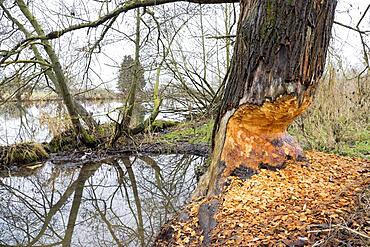
Beaver damage or gnaw marks on tree on the bank of the Fulda near Kassel, european beaver (Castor fiber), Hesse, Germany, Europe
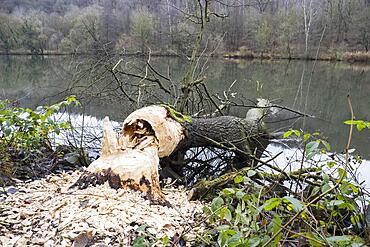
Tree felled by beaver, european beaver (Castor fiber), on the Fulda near Kassel, Hesse, Germany, Europe
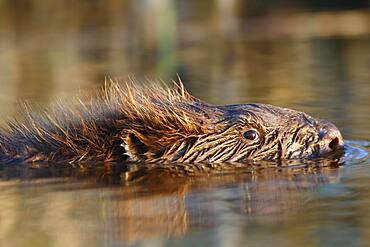
Beaver European beaver (Castor fiber), portrait of one-year-old young animal in water, Peene Valley River Landscape nature park Park, Mecklenburg-Western Pomerania, Germany, Europe
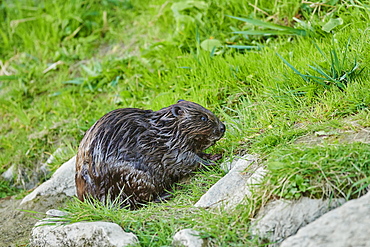
European beaver (Castor fiber) wildlife at the shore of Donau River, Regensburg, Upper Palatinate, Bavaria, Germany, Europe

